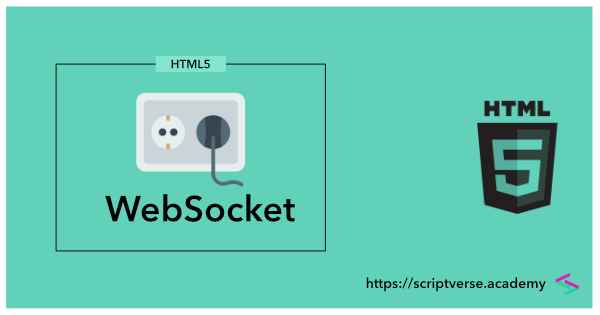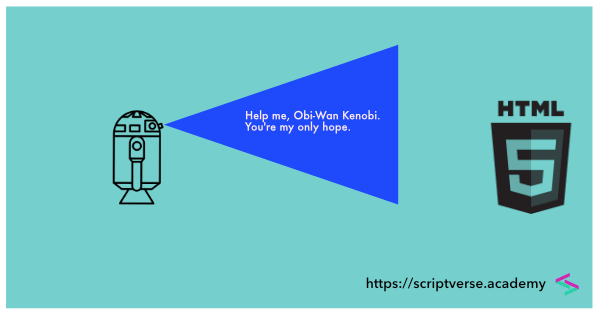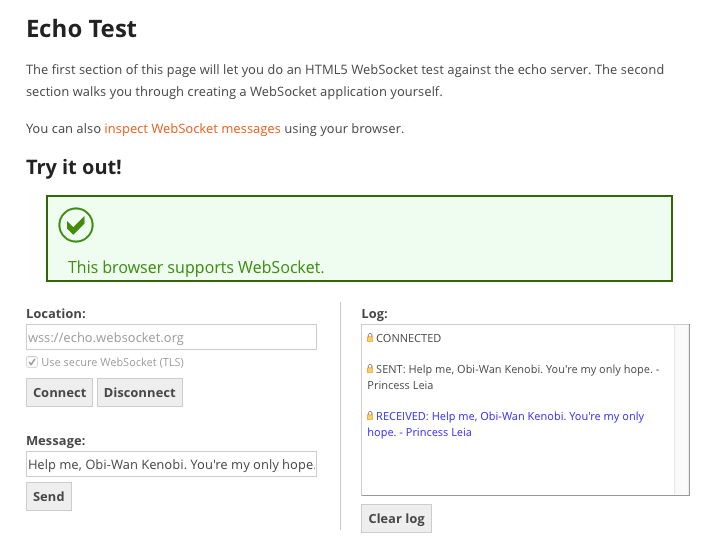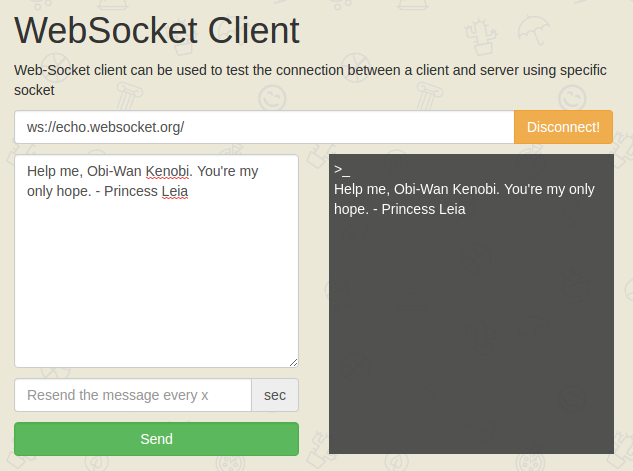WebSocket API
The traditional browser/server request and response methodology over the HTTP protocol incurs the use of heavy headers for each client-initiated request (pull). This renders the protocol inefficient for the needs of hyper-interactive real-time applications like live video streaming, browser-based games, chats, etc.
HTML5's WebSocket protocol gives provision for such persistent real-time bi-directional TCP connection between a client (browser) and a server, without the need/use of AJAX methodology or 'Long Polling', doing away with headers thereby decreasing network load and improving performance. You can think of WebSocket as a full-duplex messaging system, akin to land-line telephones, where users at both ends can speak and hear simultaneously.
 Icon Plug Socket Free
Icon Plug Socket Free
ws:// and wss:// are the two WebSocket URI schemes for normal (unencrypted) and secure (encrypted) connections, analogous to http:// and https:// connections. When the HTTP protocol switches to WebSocket, it is known as a "handshake".
WebSocket was initially hinted as TCP connections in the HTML5 specification. The term WebSocket was coined during a chat session led by Ian Hickson ("Hixie") at #whatwg IRC chat room way back in June, 2008.

To open a WebSocket connection, the WebSocket constructor needs to be called, passing the necessary arguments.
var ws = new WebSocket("ws://somehost:8080/", "protocolA");
The first parameter is the URL to connect to (with either the ws:// or wss:// scheme) and is required. The second parameter is either a string specifying a sub-protocol or an array of sub-protocols, and is optional. If sub-protocols are passed, the server should support at least one of it. The WebSocket object's protocol property will give you the protocol the server selected
ws.protocol;
Several events are associated during the lifetime of a WebSocket connection, and the useful ones are outlined below
open
readyState attribute assumes the value 1 (OPEN).
message
message event is triggered when a message is received from the server.
error
close
readyState attribute changes its value to CLOSED (3).
A simple code which connects automatically to a WebSocket server, sends some message, displays the response from the server, and closes the connection is wrapped inside a self-invoking function below. We make use of KAAZING's WebSocket server called "echo server" hosted on https://www.websocket.org/echo.html, which echoes back messages sent from the client. The ("WebSocket" in window) condition detects the browser's support for WebSocket
(function() {
if ("WebSocket" in window) {
console.log("Your browser supports WebSocket.");
var ws = new WebSocket("ws://echo.websocket.org/");
ws.addEventListener('open', function(e) {
ws.send("Help me, Obi-Wan Kenobi. You're my only hope. - Princess Leia");
console.log("Message is sent to Obi-Wan Kenobi.");
});
ws.addEventListener('message', function(e) {
console.log("Obi-Wan Kenobi echoed back: ", e.data);
ws.close();
});
ws.addEventListener('error', function(err) {
console.log('WebSocket Error: ', err);
});
ws.addEventListener('close', function(e) {
console.log("WebSocket connection closed.");
});
}
else {
console.log("Your browser does not support WebSocket.");
}
})();

Alternatively, instead of addEventListener(), we can use the corresponding event handlers onopen, onmessage, onerror and onclose as shown below
(function() {
if ("WebSocket" in window) {
console.log("Your browser supports WebSocket.");
var ws = new WebSocket("ws://echo.websocket.org/");
ws.onopen = function(e) {
ws.send("Help me, Obi-Wan Kenobi. You're my only hope. - Princess Leia");
console.log("Message is sent to Obi-Wan Kenobi.");
};
ws.onmessage = function(e) {
console.log("Obi-Wan Kenobi echoed back: ", e.data);
ws.close();
};
ws.onerror = function(err) {
console.log('WebSocket Error: ', err);
};
ws.onclose = function(e) {
console.log("WebSocket connection closed.");
};
}
else {
console.log("Your browser does not support WebSocket.");
}
})();
 Droid icon made by Freepik from www.flaticon.com is licensed by CC 3.0 BY
Droid icon made by Freepik from www.flaticon.com is licensed by CC 3.0 BY
To confirm the various constants used by the readyState attribute, just console.log() the e.currentTarget.readyState property inside the event handlers of corresponding events. An example is given below
ws.onopen = function(e) {
ws.send("Help me, Obi-Wan Kenobi. You're my only hope. - Princess Leia");
console.log("Message is sent to Obi-Wan Kenobi.");
console.log("readyState: ", e.currentTarget.readyState);
};
You can try KAAZING's "Echo Test", sending out your own custom messages at https://www.websocket.org/echo.html

There also exists several browser extensions for Chrome like Web-Socket Client, Smart Websocket Client and Simple WebSocket Client for debugging/testing a WebSocket connection between a client and a server.
